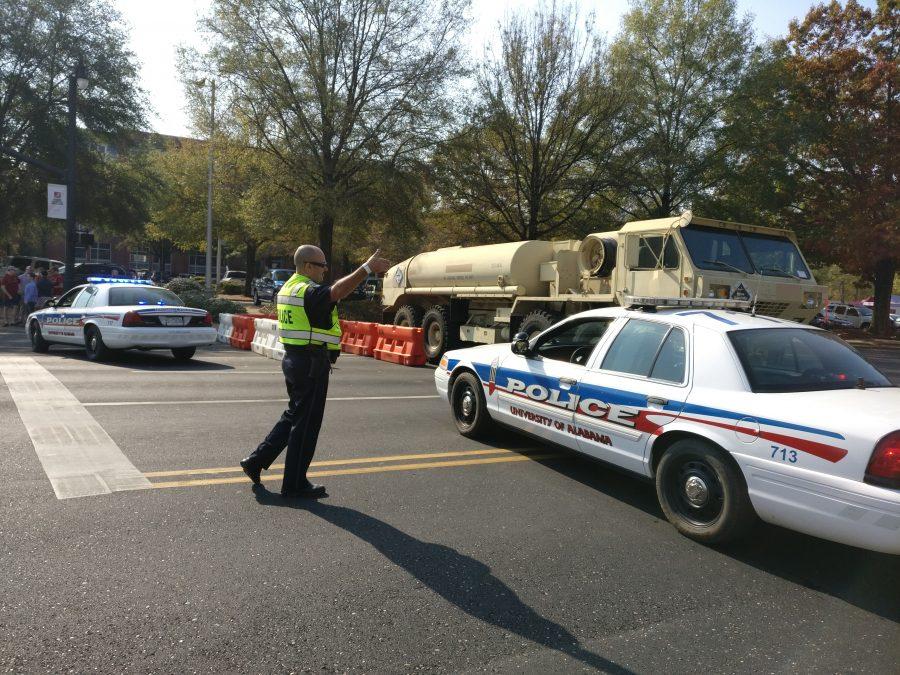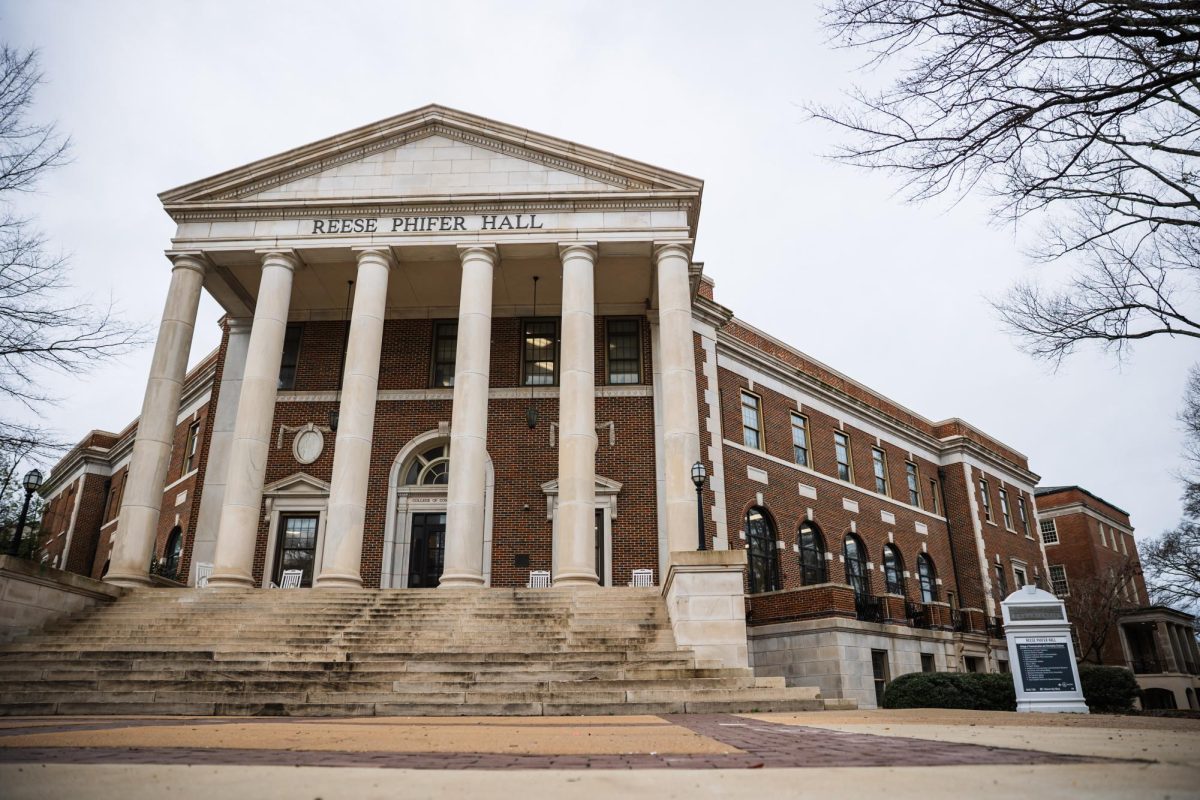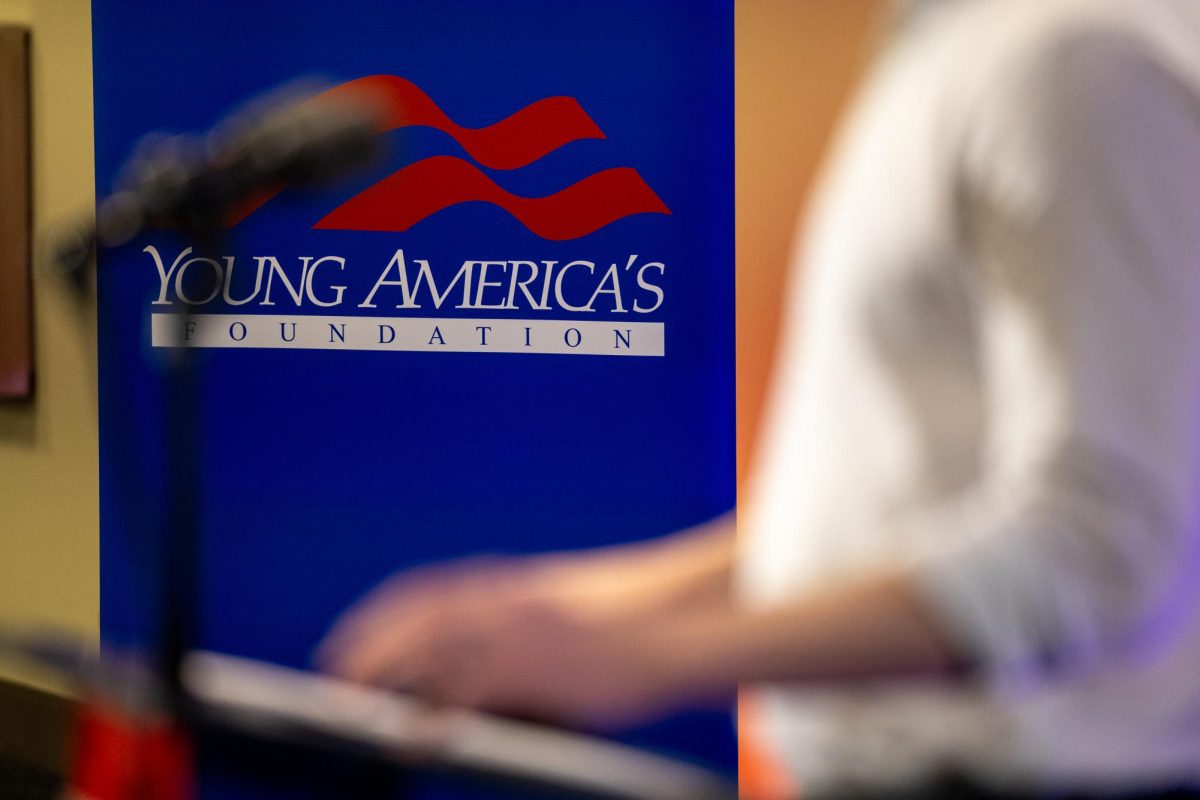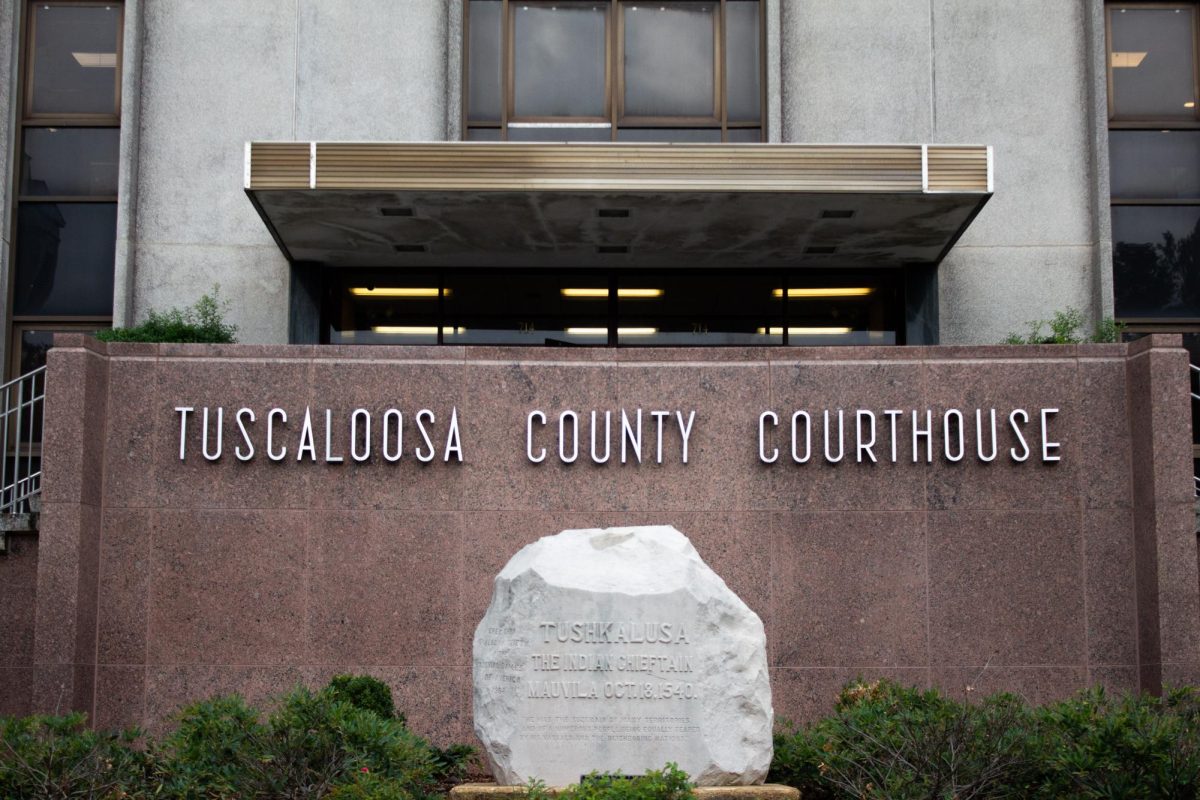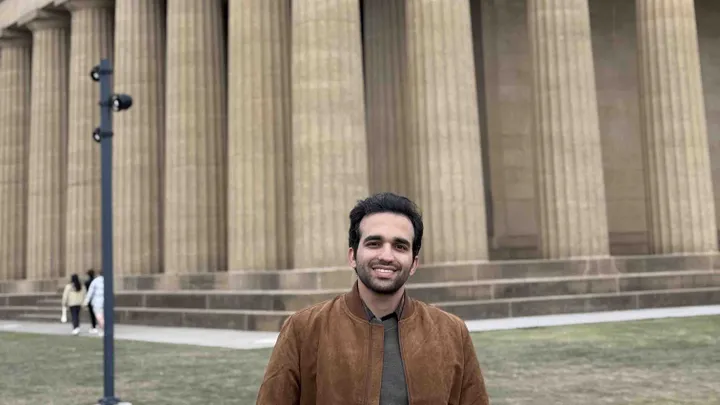The Tuscaloosa Police Department (TPD) reported a rise from last year in breaking and entering cases regarding motor vehicles in their 2017 annual crime report.
The report discloses that unlawful breaking and entering of motor vehicle cases have increased from 824 cases in 2016 to 1,116 cases in 2017 after steady decreases since 2008. Maj. Clay Gibbs, head of the TPD Patrol Division, said the department is now emphasizing reduction in these areas of crime.
The Patrol Division is the largest division of the department according to the report. Gibbs said it’s the backbone of the TPD. The divison is spread throughout Tuscaloosa at the TPD Headquarters, the West and East precincts and the Downtown precinct.
While the TPD has patrol officers stationed throughout Tuscaloosa, Gibbs said there are other factors that help the department prevent crimes, and Capt. Brad Mason of the Criminal Investigations Division (CID) agrees.
“I think people know we do the best job we can do,” Mason said.
The CID covers burglary, robbery, theft and financial crimes. Domestic violence, which was previously handled by the homicide division, has been added as the fifth responsibility of the CID in 2018.
“The biggest concern is always money,” Mason said. “It costs money to buy equipment. It costs money to hire people.”
Within the means the city has, Mason said, Mayor Walter Maddox gives the TPD what he can.
“I would love to have unlimited resources,” Mason said. “One of the new things we are looking at is technology. Technology is very expensive. The things we use to do some investigations are very expensive.”
Another important resource Mason said their office lacks is human capital.
“Right now we’re kind of short on personnel,” Mason said. “If we had good applicants come in to get officers hired, that would help.”
Gibbs said factors outside of the police department also affect these crime numbers.
“Of course we can’t do everything without the public’s input as well,” Gibbs said. “We can’t be everywhere at the same time. We have to have the public to be able to cooperate and let us know what is going on. We try to be as visible as we can and as accessible as we can.”
Lt. Teena Richardson, head of the public relations office, said the TPD works to inform the public in order to emphasize the importance of community participation.
Richardson’s office is involved with the TPD’s affairs but works in conjunction with other agencies like media groups and the mayor’s office.
Richardson said one of the major challenges the TPD deals with is public perception.
“Public perception goes a long way,” Richardson said. “The public is not just reacting to what happens in this city; they are reacting to what happens around the country.”
Police departments and police as a whole are judged negatively by actions that other people perform.
“You really can’t do that,” Richardson said. “You have to judge each department by what you see them do.”
Mason said unsolved cases also affect the perception of the department.
“Obviously people are happy when we can solve their case but sometimes we don’t solve every case,” Mason said. “There are cases that never get solved, and I know people get disheartened with that.”
Despite this, Mason said the TPD has a “pretty supportive community.”
The TPD is working on building rapport through community outreach with programs like neighborhood watches and ride-alongs.
In order to increase public awareness, Richardson said, the TPD reaches out to everyone in the community, regardless of age.
The more involved with the community the TPD is, the more comfortable people will feel with the department, Gibbs said.
Mason, Richardson and Gibbs believe the TPD is viewed in a mostly positive light locally.
Mason said he hopes the TPD will continue “to do good work.” In the future, Mason said he wants to decrease local crime and buy new equipment to help the TPD with their work.



